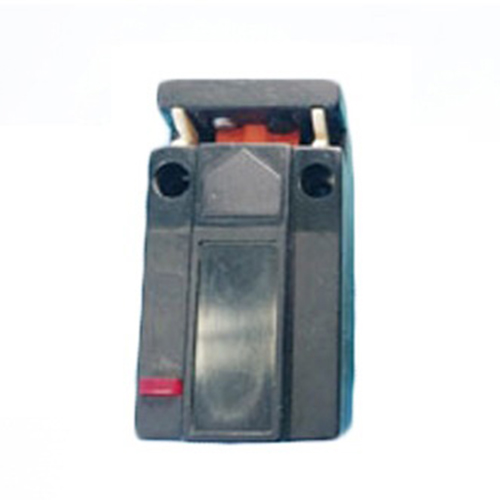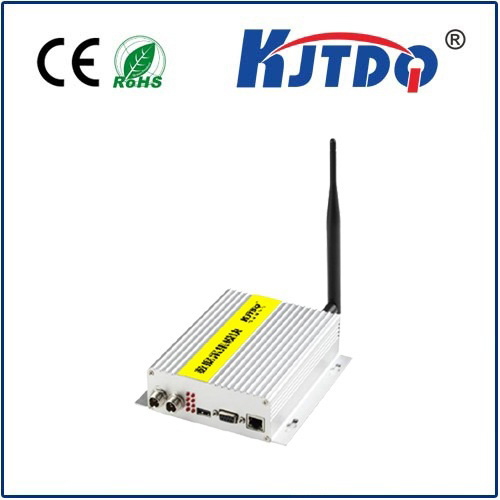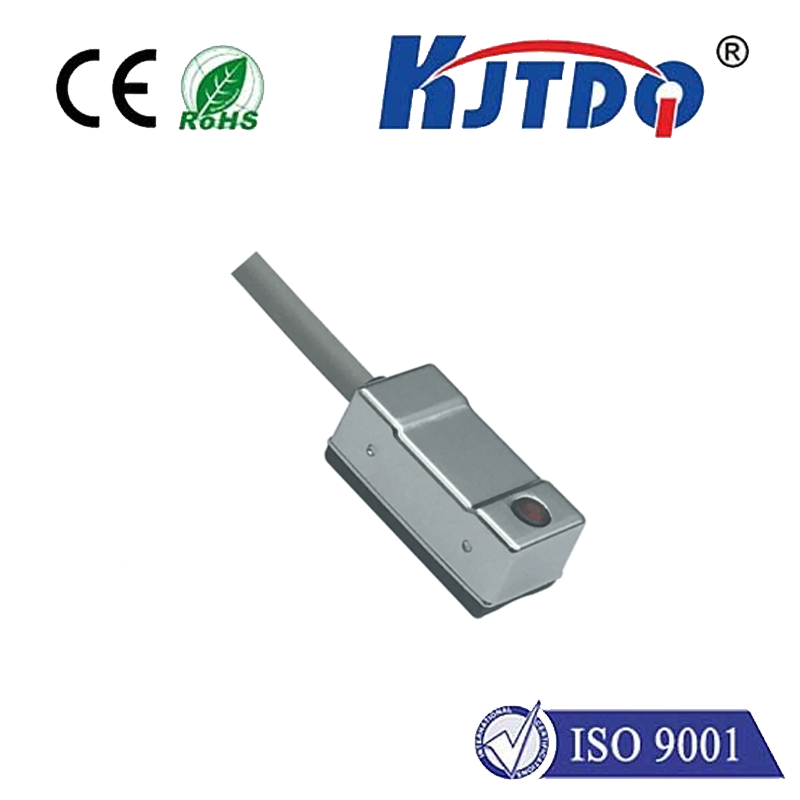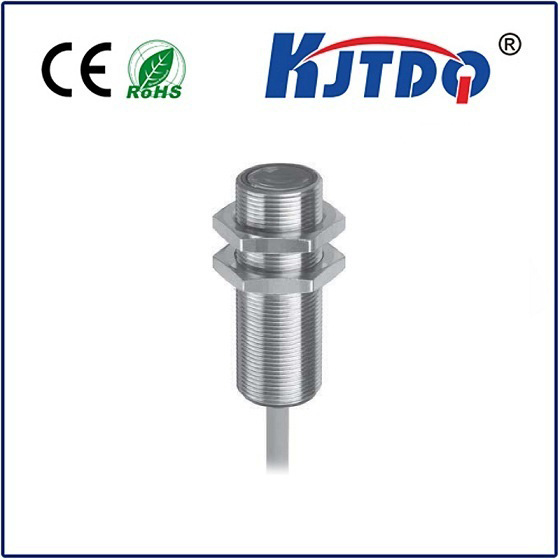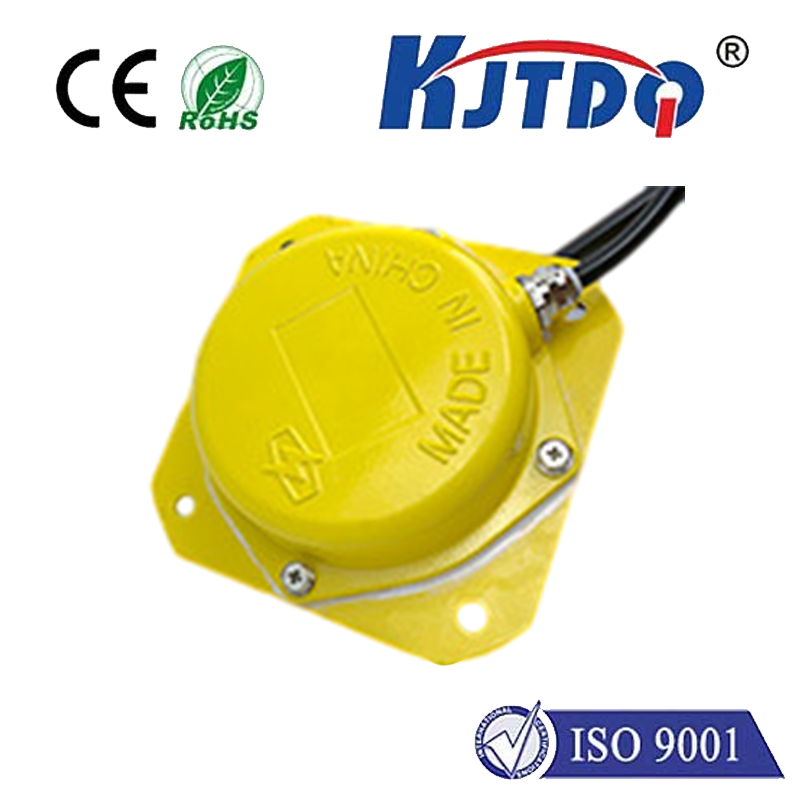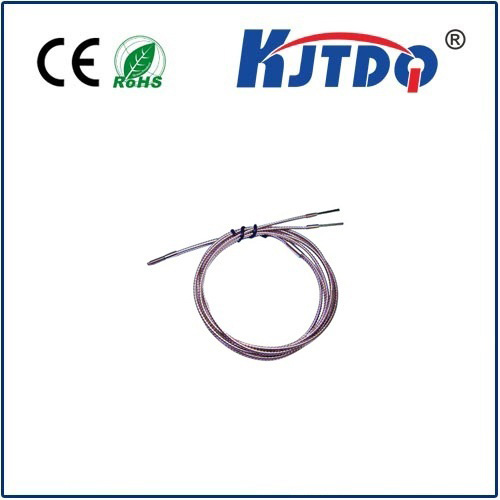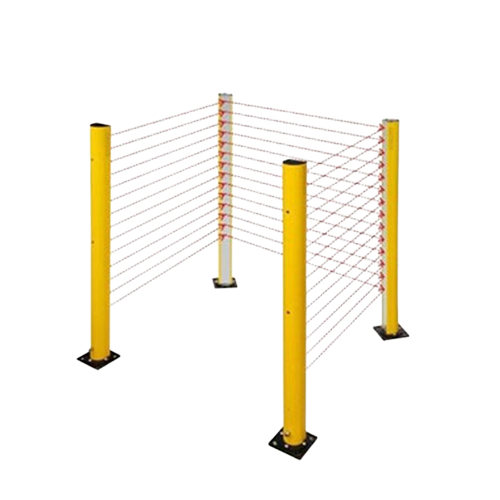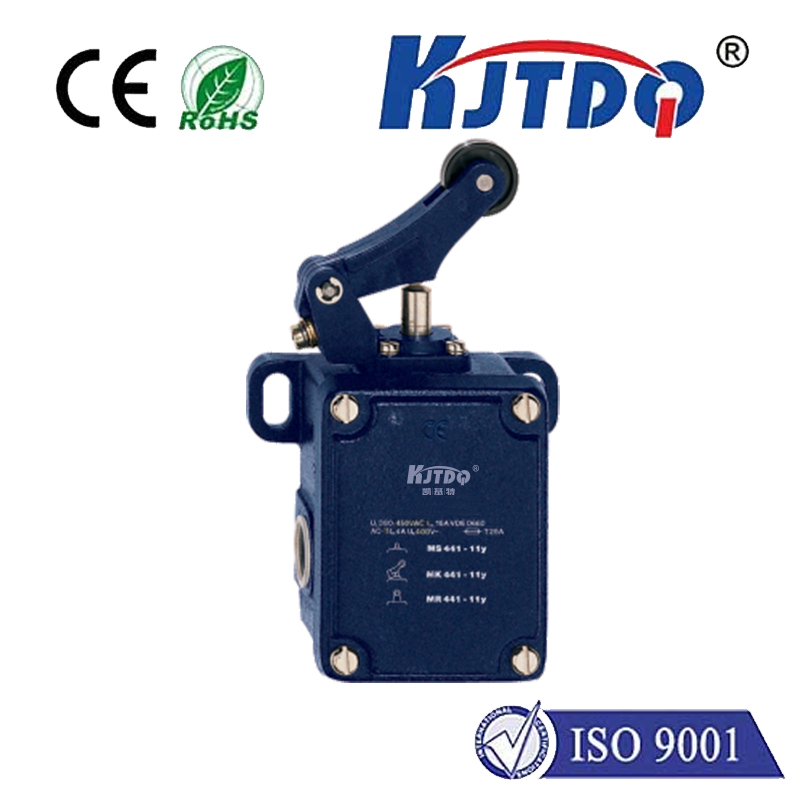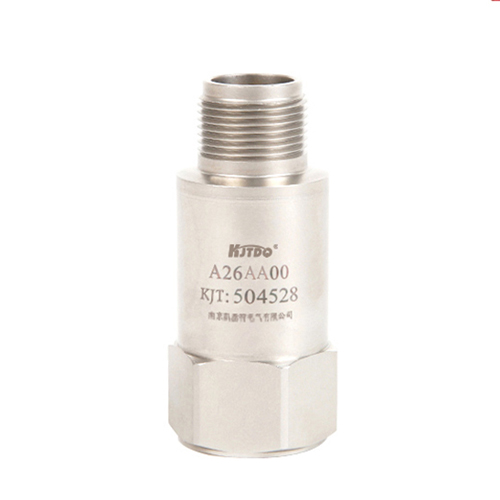magnetic pick up sensor
- time:2024-10-20 00:42:15
- Click:0

Magnetic Pick-Up Sensor: The Key to Efficient and Reliable Detection
Introduction
In the world of automation and sensor technology, magnetic pick-up sensors have emerged as a game-changer. These devices use a magnetic field to detect the presence or absence of a target material, providing reliable and efficient detection for various industrial applications. In this article, we will explore the basics of magnetic pick-up sensors, their advantages, and how they are used in different industries.
What is a Magnetic Pick-Up Sensor?
A magnetic pick-up sensor is a device that generates an electric signal when it comes into contact with a magnetic field. It consists of a coil of wire wrapped around a core made of ferromagnetic material, such as iron or nickel. When the magnetic field is applied, the core becomes magnetized, causing the coil to induce an electric current. This current is then amplified and converted into a digital signal that can be read by a controller or other equipment.
Advantages of Magnetic Pick-Up Sensors
There are several advantages to using magnetic pick-up sensors over other types of sensors, such as optical or ultrasonic sensors. Some of these advantages include:
- High reliability: Magnetic pick-up sensors are less prone to failure than other types of sensors because they do not rely on external light sources or sound waves. They are also less affected by environmental factors such as dust, moisture, and vibration.
- Easy installation: Magnetic pick-up sensors can be easily installed on metal surfaces without the need for special tools or equipment.
- Versatility: Magnetic pick-up sensors can be used to detect a wide range of materials, including metals, plastics, and even liquids.
- Cost-effective: Magnetic pick-up sensors are generally less expensive than other types of sensors, making them an economical choice for many industrial applications.
Applications of Magnetic Pick-Up Sensors
Magnetic pick-up sensors are used in a variety of industrial applications, including:
- Conveyor systems: Magnetic pick-up sensors are commonly used in conveyor systems to detect the presence of products or packages on the conveyor belt. This information is used to control the speed and direction of the conveyor, as well as to trigger other processes such as sorting or packaging.
- Automotive industry: Magnetic pick-up sensors are used in automobile manufacturing to detect the position and movement of various components, such as wheels, brakes, and transmissions. This information is used to optimize the performance and safety of the vehicle.
- Food processing: Magnetic pick-up sensors are used in food processing plants to detect the presence of metal fragments or other contaminants in food products. This helps to ensure that only safe and high-quality products reach consumers.
- Medical devices: Magnetic pick-up sensors are used in medical devices such as MRI machines and pacemakers to detect the presence of metal objects or tissue abnormalities. This information is used to diagnose and treat various medical conditions.
Conclusion
In conclusion, magnetic pick-up sensors are a powerful tool for efficient and reliable detection in a wide range of industrial applications. Their high reliability, ease of installation, versatility, and cost-effectiveness make them an attractive option for businesses looking to improve their operations and increase productivity. As technology continues to advance, we can expect to see even more innovative uses for magnetic pick-up sensors in the future.












